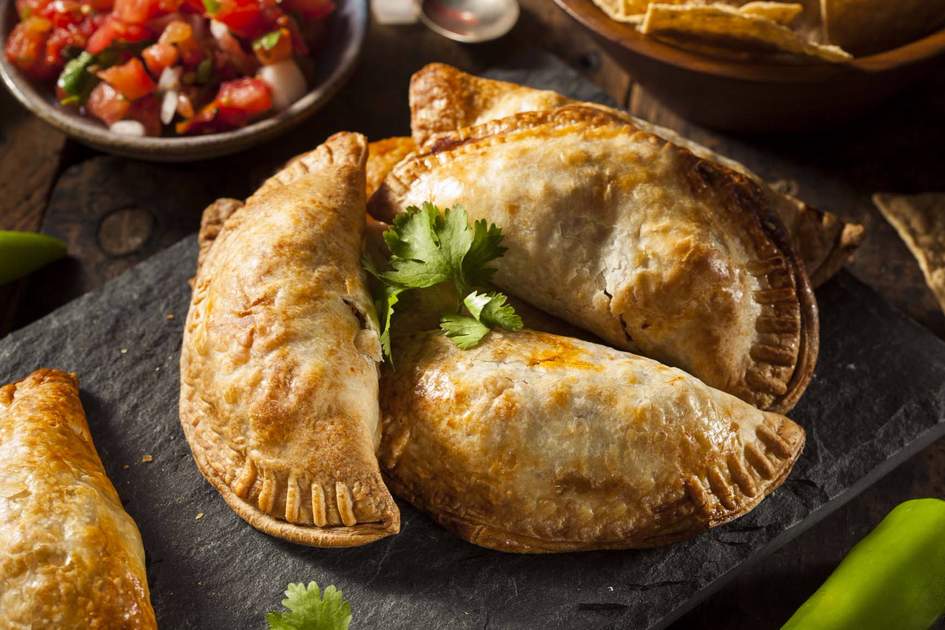Dominican Republic food: what to eat and where

Dominicans like to eat three good meals a day, often starting with a hearty cooked breakfast. Snacks between meals are common and most locals cannot go long without a shot of cafecito (strong, sweet, black coffee), sold on the streets in thimble-sized measures
What's on the menu?
Your holiday mornings may well start with an elaborate display of eggs, local sausages (longaniza), fish, potatoes, bacon and mangú. This is mashed plantain mixed with onion and oil. Fresh tropical fruits, cereals, yoghurt, bread (banana bread is moist and delicious) and pastries are also on the menu.
For a less substantial breakfast Dominicans often eat yaniqueque with hot chocolate or milky coffee. There are many versions of ‘Johnny Cake’ throughout the Caribbean islands, dating from the days of slavery, but this one is made from a paste of wheat flour and water, rolled out like a pancake and deep fried until it puffs up and turns golden and crispy. You can also find it served as a snack on the beach, usually dusted with salt for flavour. Other snacks found on the street include pastelitos (pasties filled with minced beef, chicken or cheese) or quipes (cracked wheat fritters with a meat filling), both fried while you wait. Instead of potato crisps you can find platanitos, thinly sliced and fried plantain dusted with salt, or tostones, which are thickly sliced and fried twice.
The traditional dish in the Dominican Republic is known as la bandera Dominicana, the Dominican flag, because of the combination of colours. It consists of stewed beef, rice and red kidney beans and can be accompanied by seasonal salads such as avocado or with a serving of fried plantains. Dominicans eat this, or similar, comida criolla, for lunch nearly every day, varying the types of meat, beans and accompaniments; salad, plantain, sweet potato or yuca come as standard.
Other comida criolla dishes include sancocho or salcocho prieto, a slightly spicy stew of up to seven different types of meat and vegetables, while mondongo is tripe stew. Mofongo is a spicy stew with chunks of plantain. Locrio is a rice dish with meat, chicken or sausages, not to be confused with asopao, which is somewhere between a soup and a risotto with fish or chicken. Goat meat is common, usually either roast (chivo asado), having been marinated in herbs, lime juice and garlic, or stewed (chivo guisado). Fish is widely available.
 Dominican quipes. Photo: Shutterstock
Dominican quipes. Photo: Shutterstock
Save the best until last...
Desserts are super sweet. Dominicans happily chew on a length of sugar cane and expect a serious sugar rush in their puddings. The sweetest of all is dulce de leche, a combination of sugar and condensed milk, boiled to caramel consistency and flavoured with vanilla, coconut, cocoa, fruit or anything else.
Fruit is often preserved and served in a sugar syrup you could stand a spoon in. Alternatives include sticky cakes covered in frosted icing. Less sweet and usually delicious is flan (crème caramel). Failing any temptation here, the national tipple rum can also be smooth and sweet, especially when encountered in a rum punch.
 Dulce de leche. Photo: Shutterstock
Dulce de leche. Photo: Shutterstock
Ready to book your Caribbean break?
Talk to our local experts today by submitting a trip request or browse alternative holidays online
Looking for alternative food-themed holiday ideas?
8 meals to have around the world; how many have you tried?
In depth: Costa Rican and Tico cooking
Brazilian food: what to what and where
Sri Lanka's top 5 foodie experiences




